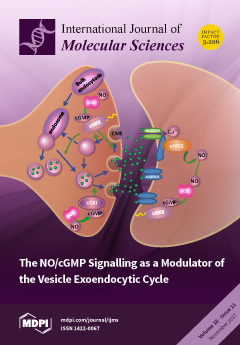Carnitine palmitoyltransferase I (CPT I) is a key enzyme involved in the regulation of lipid metabolism and fatty acid β-oxidation. To understand the transcriptional mechanism of
CPT Iα1b and
CPT Iα2a genes, we cloned the 2695-bp and 2631-bp regions of
CPT Iα1b and
CPT Iα2a promoters of grass carp (
Ctenopharyngodon idella), respectively, and explored the structure and functional characteristics of these promoters.
CPT Iα1b had two transcription start sites (TSSs), while
CPT Iα2a had only one TSS. DNase I foot printing showed that the
CPT Iα1b promoter was AT-rich and TATA-less, and mediated basal transcription through an initiator (INR)-independent mechanism. Bioinformatics analysis indicated that specificity protein 1 (Sp1) and nuclear factor Y (NF-Y) played potential important roles in driving basal expression of
CPT Iα2a gene. In HepG2 and HEK293 cells, progressive deletion analysis indicated that several regions contained cis-elements controlling the transcription of the
CPT Iα1b and
CPT Iα2a genes. Moreover, some transcription factors, such as thyroid hormone receptor (TR), hepatocyte nuclear factor 4 (HNF4) and peroxisome proliferator-activated receptor (PPAR) family, were all identified on the
CPT Iα1b and
CPT Iα2a promoters. The TRα binding sites were only identified on
CPT Iα1b promoter, while TRβ binding sites were only identified on
CPT Iα2a promoter, suggesting that the transcription of
CPT Iα1b and
CPT Iα2a was regulated by a different mechanism. Site-mutation and electrophoretic mobility-shift assay (EMSA) revealed that fenofibrate-induced PPARα activation did not bind with predicted PPARα binding sites of
CPT I promoters. Additionally, PPARα was not the only member of PPAR family regulating
CPT I expression, and PPARγ also regulated the
CPT I expression. All of these results provided new insights into the mechanisms for transcriptional regulation of
CPT I genes in fish.
Full article






